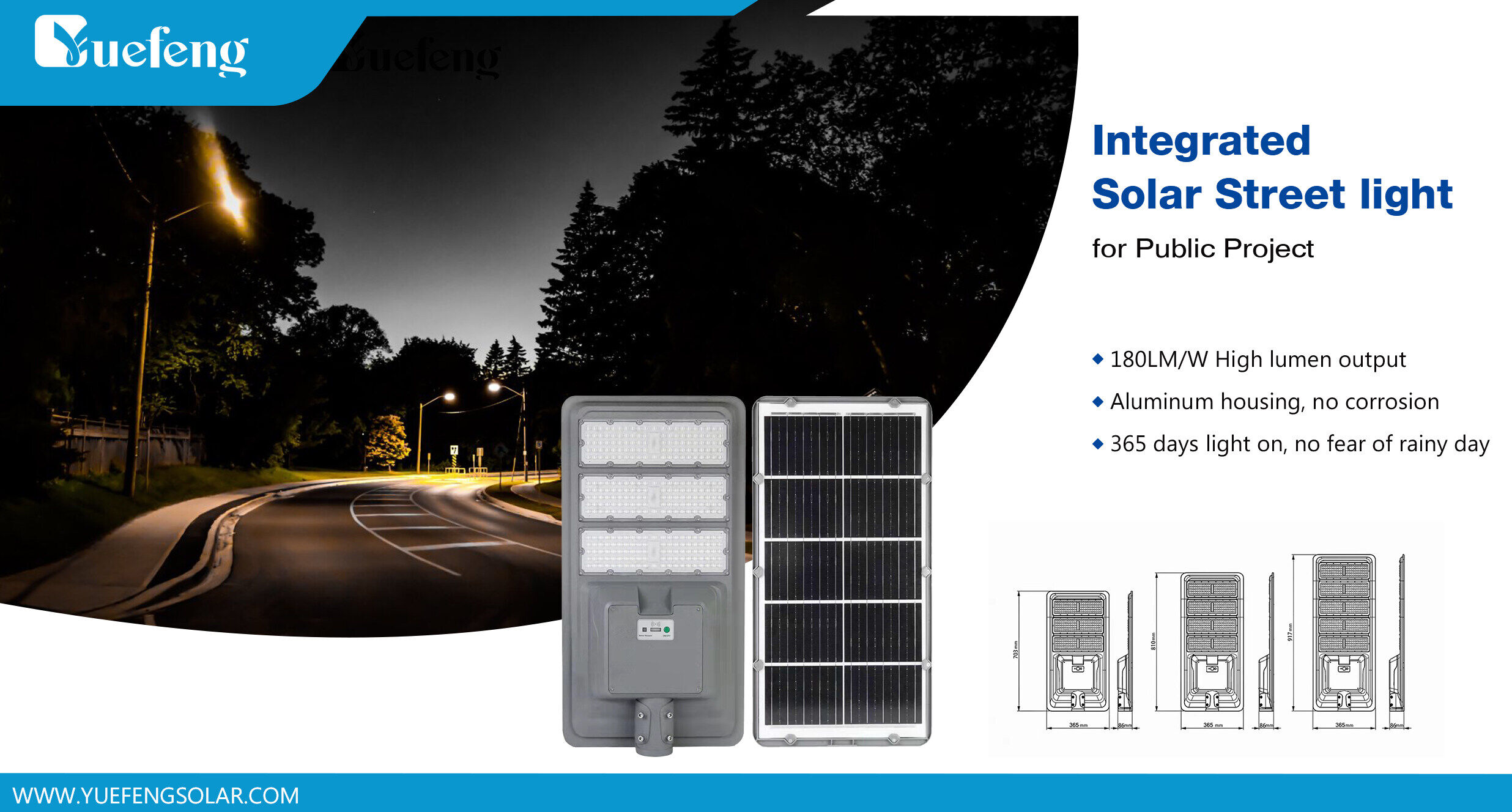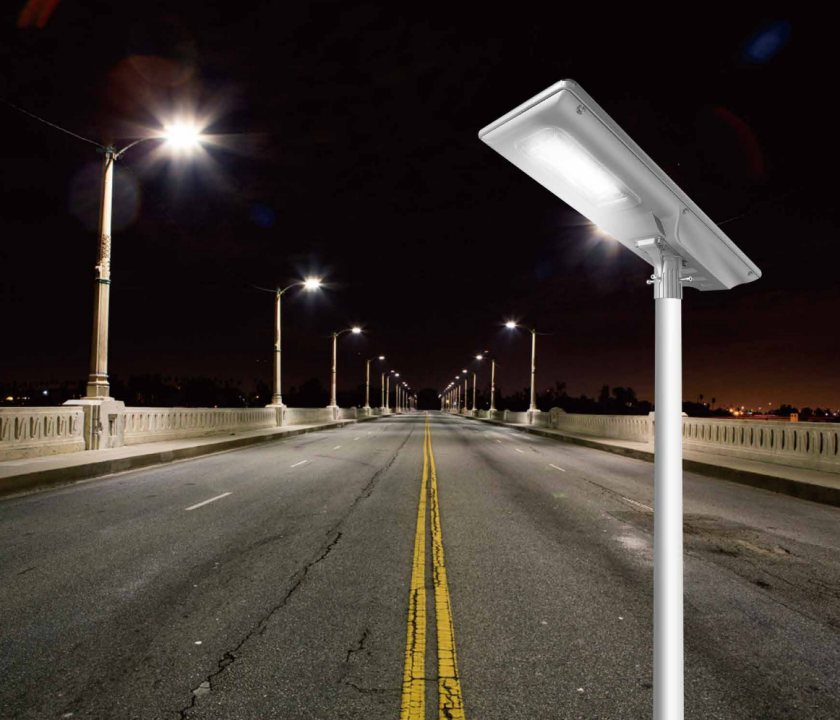
Solar products and their uses have significantly increased in the past decade amidst the call for clean energy. It is what led to the introduction of solar street lights in the market. Today, municipalities do not have to pay electricity bills in different parts of the world. Also, you can have solar lights to light up your driveway.
But what is the difference between solar street lights and traditional lights? You can distinguish the two by the source of light and electricity. The latter uses high-pressure sodium lamps or metal halide lamps, while the former uses LEDs.
Read on to learn the main differences between solar lighting and conventional street light. We will consider all aspects to set them apart.
The two street lighting options vary in cost-effectiveness, reliability, durability, brightness, environmental impact, and luminance. Let's break these down into subtopics for easier comparison and understanding.

The first question when discussing the differences between a solar street light and a traditional lamp is the cost. The two are priced differently, with solar lights being on the higher end.
Conventional street lights cost about $2,000 on average. On the other hand, the solar street light will cost you upwards of $3,000. However, the price tag depends on many factors, such as wattage, build quality, and location.
Fortunately, you can get incentive programs for solar energy in some states that help to keep their prices low. For example, North Carolina offers up to 35% state tax credit against solar panel costs. Also, the federal government provides a 26% tax credit.
There are also rebates, incentives, and grants for solar systems, which you can find on the Database of State Inventive for Renewables and Efficiency.
The two go hand in hand when it comes to installation. The labor cost for installing solar street lamps does not vary much from traditional street lights. However, the materials cost for the former can be a bit lower.
If you consider solar street lights, you won't need to buy extra hardware such as wires and pipes. It is a compact unit that is easy to install.
The maintenance cost for the two is about the same. You may need to replace the internal batteries for solar street lights. On the other hand, conventional street lights with high-pressure sodium lamps (HPSLs) require the replacement of the lamps after some time.
Both solar street lights and conventional ones may have zero environmental impact. The former harnesses solar energy using solar panels, but that is not the case for any traditional solar light.
Traditional solar lights get power from the grid, supplied by renewable and non-renewable energy sources. Some diesel generators are also connected to the grid. That means these street lights may impact the environment.
Solar street lights are the best option to achieve zero carbon emissions. Conventional street lights can also be powered by electricity from renewable sources, but you need to be sure about that.
This is pretty straightforward. As mentioned, solar street lights rely on free solar energy produced by solar panels to light the streets at night. During the day, the sun’s energy is converted into electricity. This is then stored in the battery within the unit for driving the LEDs at night.
It is also possible to regulate solar LED lights. You can gather data about when the streets are busy to keep the lights on and off otherwise. But what can we say about conventional street lights?
Unlike solar-powered lights, traditional street lights are connected to the grid. That means you will pay a utility bill to keep them on, which adds to their operational cost. Besides, HPSLs are not as energy-efficient as LED lamps.
Solar Powered LED Street Lights
Both solar and traditional street lights use electricity, but which is the brighter light? Once again, solar LED lights carry the day. They have a higher luminance than high-pressure sodium lights (HPSLs).
The two street lights go head-to-head when you compare the lumen per watt. The LED lights produce about 37-120 lumens per watt, while HPSLs range between 40 and 150 lumens. However, the omnidirectional property of HPSLs makes them appear dimmer. They are also limited to yellow light, and LED lights have a range of colors.
Overall, solar street lights are brighter than high-pressure sodium lights. They are the best choice for lighting up any outdoor space.
Traditional street lights have a much shorter service life. That is because the HPSLs produce much heat that degrades them. They are typically rated at about 5,000-8000 hours or one year.
On the other hand, solar street lights use LEDs with an average lifespan of 5-7 years. This puts solar-powered lights before traditional street lights.
However, you may need to replace the battery system in solar street lights. If they cannot light the streets throughout the night, check the battery's health.
Solar street lights are considered safer than traditional lights. That is because the poles are wireless and not connected to the grid. They rely solely on the solar energy converted by solar panels and stored on the battery systems.
On the other hand, traditional street lights have low safety levels because live electrical conductors with electrical energy run in the posts. There is a higher risk of electrocution if installation is not done professionally. There are also fire breakout possibilities with far-reaching effects if there is a short circuit.
The two are outdoor lights designed to withstand inclement weather. But if you are looking for a street light to withstand extreme weather conditions, choose solar powered LED street lights.
Solar street lights have higher IP ratings to protect the sensitive electronic controller inside the casing. Their battery systems can also store solar power to keep them working for a few days, even when sunlight is not there. Traditional street lights are more vulnerable to constant typhoons and other weather elements.
How To Make Solar Street Light Project
Traditional solar lights are inferior to solar LED street lights. In most of the performance parameters, solar street lamps win. These are durable, safer, cost-effective, brighter, and use free solar energy.
Solar street lights may have a high upfront cost, but you will forget monthly utility bills. They use solar power, which is freely available provided the sun shines. Besides, some states offer incentives, rebates, and tax credits on solar systems. You can use these to reduce the cost of your solar street lights.